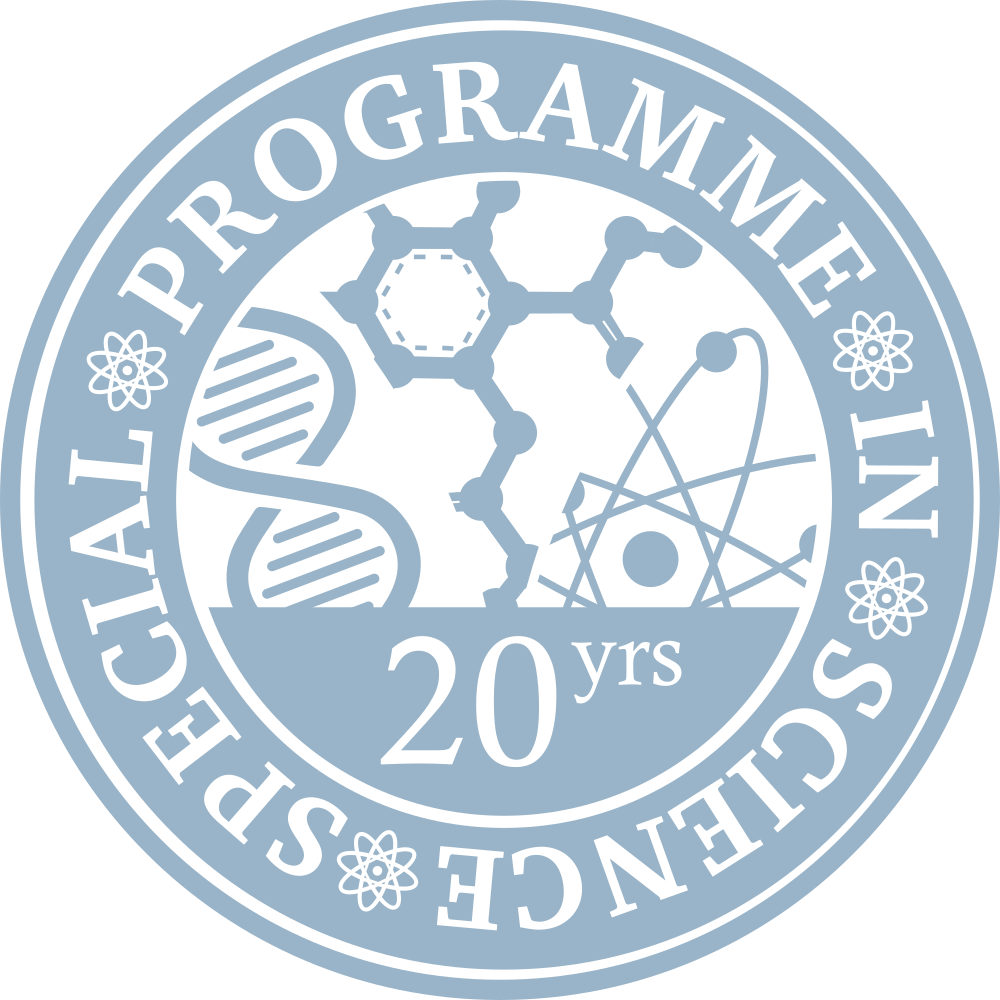#
Discussion Questions
#
7.7 Discussion Questions
- The Friedmann equations derived using Newton's laws are:
\begin{equation}
\frac{\dot{S}^{2}+kc^{2}}{S^{2}}=\frac{8}{3}\pi G\rho
\end{equation}
\begin{equation}
\ddot{S}=-\frac{4}{3}\pi G\rho S
\end{equation}From the second Friedmann equation Eq.(
Does it correspond with our classical idea of gravitation being an attractive force.
Does it correspond with current observations of our Universe?
- The reciprocal of the Hubble's constant is often used as an estimate for the age of the Universe. It can be shown that
\begin{equation}
t_{0}<\frac{1}{H_{0}}
\end{equation}where H_{0} is the current value of the Hubble's constant and t_{0} is the current age of the Universe.
Discuss why Hubble's original value of H_{0}=550\text{ kms}^{-1}\text{Mpc}^{-1} is inappropriate.
- It is possible to obtain Eq.(
3 ) by first showing that
\begin{equation}
H_{0}t_{0}=\int_{0}^{1}\left(1+\frac{\rho_{0}}{\rho_{c,0}}\left(\frac{1}{x}-1\right)\right)^{-1/2}dx
\end{equation}Show that the intergration on the RHS is less than 1.
If you are interested in deriving Eq.(
- Einstein's Static Universe. Einstein's theory of general relativity (GR) was formulated in 1916. It was based on the premise that the metric of spacetime can be dependent on space and time, and such dependency is related to the energy content in the system. In 1917, Einstein and his contemporaries began to apply GR to cosmology. Since this more than a decade before Hubble's 1929 observations on receeding galaxies, Einstein believed that our universe has to be static . However, the theory as-is could not result give rise to a static universe. Perhaps then the theory needs to be modified when applied to cosmology? Einstein thought.
GR can be modified in a number of ways . The simplest modification was to add a constant term. With this added term in the equation, the Friedmann equations become
\begin{equation}
\frac{\dot{S}^{2}+kc^{2}}{S^{2}}-\frac{\Lambda}{3}=\frac{8\pi G}{3}\rho
\end{equation}
\begin{equation}
-2\frac{\ddot{S}}{S}-\frac{\dot{S}^{2}+kc^{2}}{S^{2}}+\Lambda=\frac{8\pi G}{c^{2}}p
\end{equation}where \Lambda is a constant, also known as the cosmological constant.
(a) Show that if one set \dot{S}=0,\ddot{S}=0 and p=0, then
\begin{equation}
\rho=\rho_0=\frac{\Lambda}{4\pi G}
\end{equation}(b) S is a constant as well. Why?
(c) Since S is a constant, let us set S=1. Show that
\begin{equation}
\Lambda=kc^{2}
\end{equation}Einstein's static matter-dominated Universe constructed! We have:
S=1,\dot{S}=0,\ddot{S}=0,p=0,\rho=\frac{\Lambda}{4\pi G},\Lambda=kc^{2}which means that for a static matter-dominated Universe, we need a positive cosmological constant \Lambda and a positive curvature k.
- Einstein's Blunder. Einstein found out from Hubble in 1929 that the Universe is expanding. The addition of the cosmological constant into the theory is pointless after all! Einstein thought that this was "the greatest blunder of his life".
Perhaps Einstein was a little harsh on himself. He was just too ahead of his time! Or perhaps he knew that the static Universe model is flawed purely from a theoretical point of view too.
(a) Suppose there is a small perturbation to the scale factor
S=1+S'
where S' is a function of time and |S'|\ll1. Show that
\rho=\rho_{0}S^{-3}\approx\rho_{0}(1-3S')(b) Using \rho=\rho_{0}(1-3S') and S=1+S' , show that
\frac{d^{2}S'}{dt^{2}}=\Lambda S'(c) Solve {\displaystyle \frac{d^{2}S'}{dt^{2}}=\Lambda S'} with the initial conditions S'(0)=S'_{0},\dot{S'}(0)=0 .
Discuss how S' evolves.
Hence Einstein's static universe is an unstable one. A positive perturbation will cause it to expand while a negative pertubation will cause it to contract.
- Cosmological constant revived. We saw that the idea of the cosmological constant to create a static Universe was flawed. But rather than banishing the cosmological constant, what if it can be used for another purpose instead? Recent astronomical observations suggests that the Universe is accelerating (\ddot{S}>0). As we saw in Section 3.7.3, this can be acheived with some form of energy with equation of state w<-\frac{1}{3} . Can the cosmological constant be seen as a form of energy?
Let us look at Eq.(
\begin{equation}
\frac{\dot{S}^{2}+kc^{2}}{S^{2}}=\frac{8\pi G}{3}\rho+\frac{\Lambda}{3}
\end{equation}
\begin{equation}
-2\frac{\ddot{S}}{S}-\frac{\dot{S}^{2}+kc^{2}}{S^{2}}=\frac{8\pi G}{c^{2}}p-\Lambda
\end{equation}These can be rewitten as
\begin{equation}
\frac{\dot{S}^{2}+kc^{2}}{S^{2}}=\frac{8\pi G}{3}\left(\rho+\rho_{\Lambda}\right)
\end{equation}
\begin{equation}
-2\frac{\ddot{S}}{S}-\frac{\dot{S}^{2}+kc^{2}}{S^{2}}=\frac{8\pi G}{c^{2}}\left(p+p_{\Lambda}\right)
\end{equation}where
\rho_{\Lambda}=\frac{\Lambda}{8\pi G}and
p_{\Lambda}=-\frac{\Lambda c^{2}}{8\pi G}are intepreted as the energy density and pressure of the cosmological constant respectively. The equation of state (Eq.(Co 4)) is
w_{\Lambda}=\frac{p_{\Lambda}}{\rho_{\Lambda}c^{2}}=-1Since w_{\Lambda}<-\frac{1}{3} , it can indeed be used to model an accelerating Universe! I wonder if Einstein will be happy to know this....
The "deceleration parameter" q is define by
q=-\frac{\ddot{S}S}{\dot{S}^{2}}=-\frac{\ddot{S}}{SH^{2}}- Show that
q=\frac{1}{2}\left[\frac{\rho}{\rho_{c}}(1+3w)+\frac{\rho_{\Lambda}}{\rho_{c}}(1+3w_{\Lambda})\right]where \rho_{c}=\frac{3H^{2}}{8\pi G}
- Using the above expression for the deceleration parameter, discuss the sign (positive/negative) of it for the cases below.
(i) Matter dominated Universe (\rho\gg\rho_{\Lambda})
(ii) Cosmological constant dominated Universe (\rho_{\Lambda}\gg\rho).
(iii) The dominant energies of the Universe are matter and cosmological constant (only), with comparable energy densities.
NB. "Comparable" means quantitatively similar in order of magnitude. Of course one may be larger than the other, and permutations of this should be considered in your answer.
